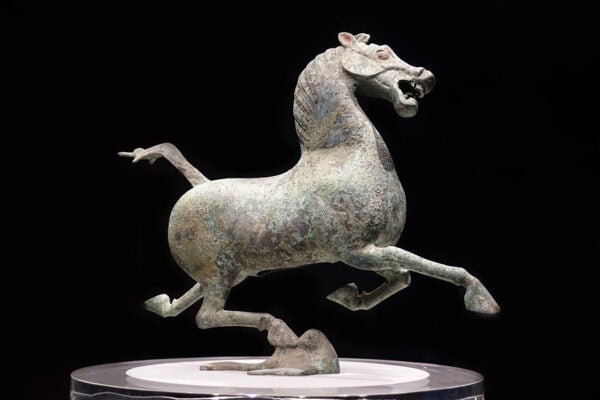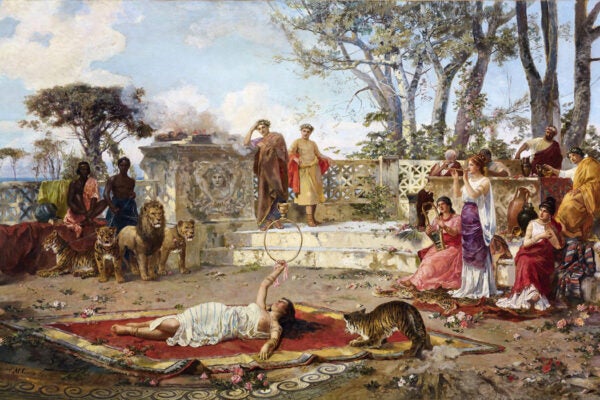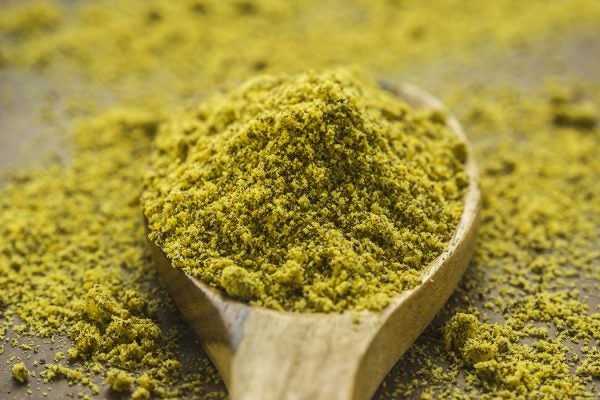The Colonial Commodity of Knock-Off Cashmere
The import and mass-market replicas of the Kashmiri shawl highlighted Victorian anxieties about empire and its role in industrial modernity.
The Supernatural Horses That Fascinated Chinese Emperors
In the second century BCE, Han Dynasty Emperor Wu so desired a herd of “blood-sweating” horses from Central Asia that he was willing to wage war over them.
Foreign Magic in Imperial Rome
Roman ideas about witchcraft were often associated with distant regions, including India and the Kush kingdom in northeast Africa.
Luanda, Angola: The Paradox of Plenty
This vast Atlantic coast nation seems poised to become a tourist hot-spot, but uneven political and economic development may be standing in the way.
Understanding Capitalism Through Cotton
Looking at the development of cotton as a global commodity, explains historian Sven Beckert, helps us understand how capitalism emerged.
Stevia’s Global Story
Native to Paraguay, Ka’a he’e followed a circuitous path through Indigenous medicine, Japanese food science, and American marketing to reach the US sweeteners market.
The Colonial History of the Telegraph
Gutta-percha, a natural resin, enabled European countries to communicate with their colonial outposts around the world.
Elements of Design: Spotlight on Color
Color, like line, shape, texture, and the other elements of art and design, communicates meaning and creates visually compelling experiences. Here's how.
Alpha. Bravo. Cyrillic.
Free from Russian dictates over language usage and education, Kazakhstan and Uzbekistan prepare to embrace Latin lettering. It’s the latest chapter in the region’s fraught history of alphabet reform.
Peppers and Spice and Everything Nice
How humans have acquired, used, and assigned cultural value to spices, from sage to cinnamon, chili pepper to salt.









